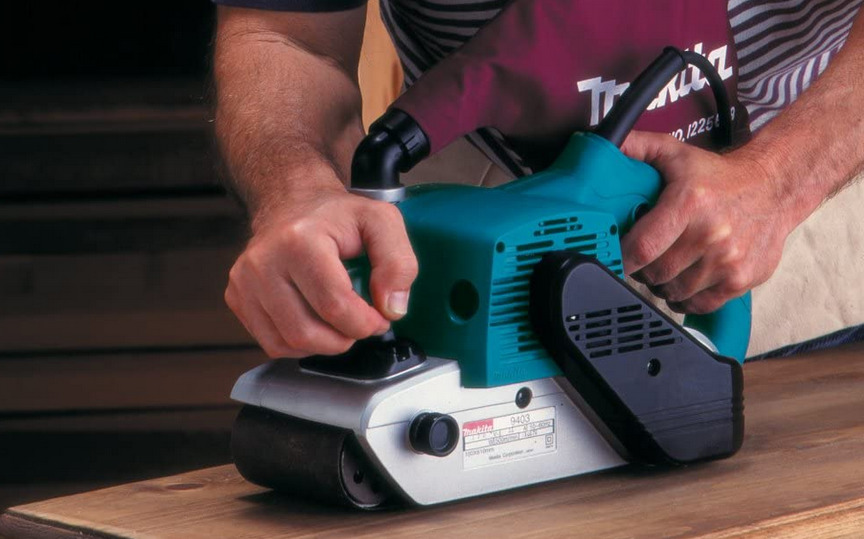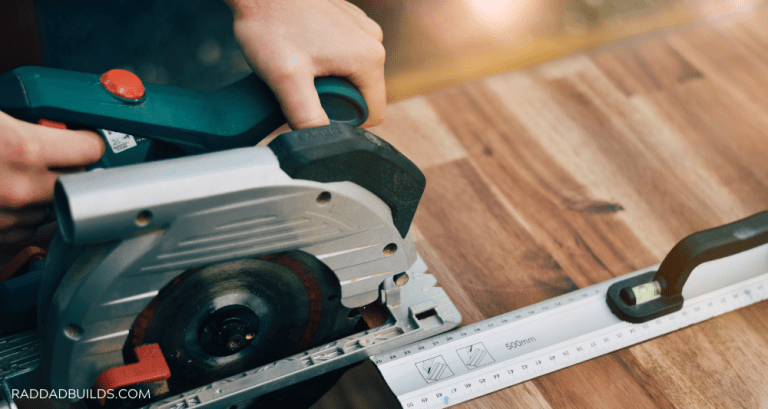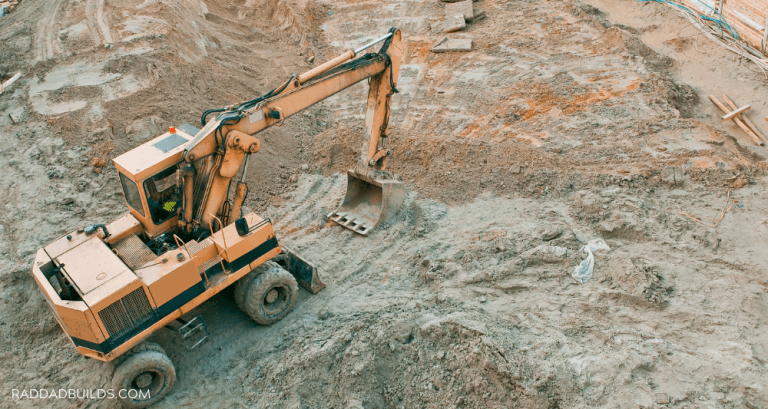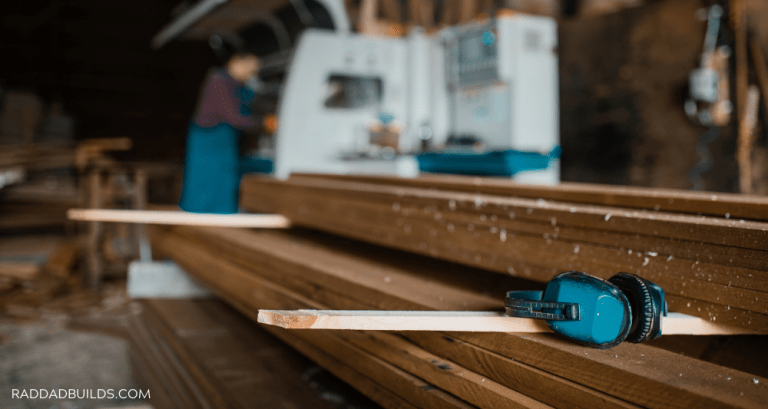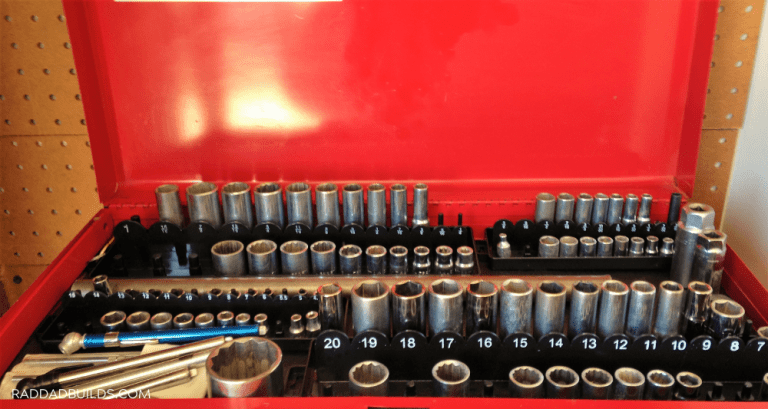Best Belt Sander for the Money (2021) – Our Top Picks & Buying Guide
Is a belt sander of any use to a woodworker? Such a question shouldn’t exist because belt sanders are essential for woodworking. In this tech-savvy era, it’s a matter of concern if you do not spot sanders in a woodworking shop.
These tools not only ease your task but also produce efficient results in a very short time. Plus, they are accurate and safe. So why not avail their benefits when you can.
To help you get the best belt sander for the money, we have gathered a list of the most sought after options. You can check out our detailed review highlighting all the required features. In case you haven’t purchased one before, then we’d recommend you go through our buying guide first.
Top 4 Best Belt Sanders to Buy For 2021
Table of Contents
#1. Hitachi SB8V2 Variable Speed Belt Sander
Hitachi is a benchmark in tools and accessories. It has been renamed to Metabo HPT. Like all the other products from Hitachi, this 3 by 21 inch Speed Belt Sander is also known to be the best among belt sanders. It features a powerful motor of 9 AMP or around 1020 watts for a rapid material removal application. It comes with a variable speed dial that offers a no-load speed of 820 to 1,475 ft. per minute with improved control.
What makes it an ideal belt sander for woods and steel is its wear-resistant Vbelt that serves as a blessing to the product and extends its lifetime to almost twice. What’s more, is the convenience it offers in corner sanding. Its improved design features the dust bag on the left side of the tool, enabling it to collect all the mess right then and there. To empty the dust bag, unzip it and remove. Nothing much troublesome! This keeps your place clean and you stress-free.
Another significant upgrade in the product is the soft elastomer handgrip. Such comfortable handle surfaces offer a confident and safe grip. The device also features a trigger lock, which comes in handy when the tool is in use for a longer period. It prevents you from the fatigue and the tension of continuously pressing the lock.
This site uses ads and affiliate content, earning commission on qualifying sales. Disclosure.
The clear front surface enables the user to view the belt, enabling them to monitor its condition for maintenance. There is also a tracking window that improves the visibility of the sanding surface and helps in tracking the position of the belt inside the sander.
Pros
• Reasonable price
• Lightweight and durable
• Less Vibration
• Better grip
Cons
• Belt requires frequent adjustments
#2. Makita 9403 Belt Sander
The most attractive thing about the Makita 9403 is its powerful 11 amps motor, which provides enough power for sanding even the toughest material. The instrument has the potential to turn a 4-inch wide belt without putting any extra energy. The motor comes with a constant speed load system which prevents it from collapsing from a heavy load on the engine. With this huge amount of power being provided by the tool we expected it to have a variable speed adjuster to cope up with different tasks, the absence of which is an absolute miss. Having said that, the tool is not very versatile and is better suited for preparatory work like removing paint or material and doesn’t prove too good for finishing work.
The belt sander goes against the traditional noisy sanders and works smoothly at only 84 dB sound level. This sound level is tolerable even without the use of any noise-canceling handset. Moreover, the longevity of the product has been increased by the Labyrinth construction that seals the motor and bearings. The bearings present inside the instrument keep the dust particles aside from the sensitive parts. They also help in reducing the vibrations to a minimum range.
As mentioned earlier, the tool doesn’t have a variable speed dial and has a fixed speed of 1640 ft./min. The removal of material is tremendously fast at this speed. The constant speed provides a linear speed throughout the process giving it an evenly complete and professional finishing.
When Makita 9403 uses a grid pad of 80 grits or higher the sanded surface comes out to be smoother and more polished. The dust collection mechanism of this product is very considerate. The dust bag can be conveniently used, removed, and put back. It also has a swivel that allows the appropriate positioning of the dust collector according to the need.
Pros
• A powerful motor with constant speed control
• 4 x 24 inches belt for achieving maximum efficiency
• Adjustable dust bag
• Less Noisy
Cons
• Doesn’t have a variable speed control
#3. WEN 6321 Corded Belt Sander
It is one of the most affordable belt sanders. The WEN 6321 has a motor with a power of 7 Amp that spins a belt at a speed of 820 ft./min, which makes it 13 ft/ sec. This is ideal for regular sanding. This product might not be the most powerful tool on the list but is the most light in weight with just 6 lbs. and has a compact design. It is specially kept lightweight keeping into consideration the operator’s fatigue. There is a detachable dust collector bag that keeps the workplace clean. The roller on the front expands past the top edge of the WEN 6321 housing to make the sanding of even the tightest corners easy.
You can continuously use the tool without encountering any overheating problems. The device itself releases heat from time to time to avoid any heat build-up. The product also provides a safety lock that helps in continuous sanding without having to grip the trigger constantly. Once you have locked the trigger in place it won’t move until you release it. The product comes with a two-year warranty, so you reach out to the manufacturer in case of any inconvenience.
Pros
• Affordable price
• Lightweight and compact
• Lock in Safety
• No overheating
Cons
• Doesn’t support variable speed
• Low powered motor
#4. PORTER-CABLE 352VS Belt Sander
The PORTER-CABLE 352VS 3×21-inch belt sander is a multipurpose and robust tool. You can use the PORTER-CABLE for heavy stock removal, sanding of wooden floors, working on tabletops, etc.
The tool’s ergonomic design makes sanding as easy as possible. It has a variable speed dial that offers a range of speed between 850 and 1,300 SFPM for better manageability and lets the operator match the speed of the belt with the task. If you want a more vigorous removal of stock then you can speed up or if you want more precision than you can slow down.
With the quick-release belt changer, you can remove the belts quickly and easily when needed. This saves your time and effort, directing it more towards the task at hand. To further enhance the performance of the device, the 8 Amp AC power motor is placed right on top of the plate. The placement improves balance which in turn increases efficiency.
To ease the process of sanding the corners and edges, the dust bag has been attached with a 360 degrees swivel that rotates depending on the requirement and can be pulled out if a dust vacuum is desired to be used instead.
The porter cable system keeps the volume low, making the tool practical and less noisy. Moreover, the device features an all-metal housing that makes it solid and resistant to damages. The housing also keeps the belt in a center position, saving the operator from constantly adjusting the belt. As for the security features, the sander constantly dissipates heat, leaving the belt cool and in place. This eliminates the chances of heat buildup, which causes shocks or burns.
Pros
• All-metal housing for heat dissipation and keeping the belt in place
• Variable speed dial
• Easy to handle dust bag
Cons
• Lower motor power, just 8 amp.
What to Look For In a Good Belt Sander?
Each belt sander is designed with a specific aim and audience in mind. Therefore, before investing in them it is important to make sure that you are choosing the right product. So here is a detailed guide of what to look for in a belt sander.
Type
There are two types of belt sanders available in the market. The choice of them mainly depends upon your type of job. Stationary belt sanders are mounted on a table or bench. They are screwed into a specific spot and the stock is brought to them for sanding. Conversely, handheld sanders are portable tools. They are run over the stock to sand them. Handheld sanders allow for a greater variety of jobs. They can be used over different types of work-pieces.
Purpose
Before investing in any product it is crucial to determine what you’re going to do with it. With a belt sander, you can sand and smoothen out wood surfaces, remove paint stains, and clean rust or dye stains from metal surfaces. Therefore, you need to decide the purpose you need it for. For small projects, you can small-sized belt sander, but for industrial jobs, you’ll need a bigger one.
Front Shape
Simple sanding tasks do not require you to pay attention to this aspect. However, it is significant for jobs that require much more details. For them, you’ll need a comparatively round front surface. It allows you to add details to the wood. They are also suitable for softwoods.
Weight
This is one of the most neglected aspects of belt sanders. Online buyers usually miss it whereas those who go to brick and mortar shops only hold the device for five to ten minutes and decide to pay for it. However, it must be remembered that there is a massive difference between holding a weight for ten minutes and two hours. This difference hinders your efficiency mainly in the case of handheld tools.
Weight also affects portability. If you have to carry your sander around to a variety of locations or sites, then you’ll need a weight light enough to be carried easily. But, if you choose to go with a heavy tool it will be difficult to commute.
Size
Belt sanders also vary in shape and sizes based upon the task they are made to do. The bigger ones belt sanders have more sanding area and cover wider stock at once. Smaller belt sanders do not cover much space and require several rounds to cover one big piece.
Grip
To enjoy an efficient performance you need a firm grip. How can one even work with an uncomfortable and slippery handle? it will only make your task more difficult. Make sure your sander has a solid grip to enable you to concentrate more on the work than on holding it.
Speed Variation
Some drum sanders offer certain speeds while others allow changing the speed within a given range. It is better to go with variable speed as it lets you perform various tasks requiring various speeds. The speed is measured as ft./min. The best variable speed range is 690-1440 ft./min.
Warranty
A warranty somehow secures your investment over any product. In case, your product gets damaged during operation or even during its shipment. You can claim the warranty and get a repair or a refund. This will prevent your waste of money.
Conclusion – Which Belt Sander is the best value?
Based on the benefits of the tool and the variety of purposes it can serve, it is a wise decision to grab one if you haven’t still. Make sure to check out all the features mentioned in our buying guide to ensure the best purchase. They are all the necessary factors that can ease your work if considered in the right way. If not, you’ll miss out on a big deal.
From our list of belt sanders, Hitachi SB8V2 Variable Speed Belt Sander is the best overall. It is lightweight, portable, and affordable. WEN 6321 Corded Belt Sander is another highly recommended product. It has multiple safety features and is also affordable. However, it does not have variable speed controls.
See Also:

